New-To-Towing Guide
3rd Generation Business | 1-Year Warranty on Labor | Free Estimates
New towers check list
Guidelines for New Towers
Looking at taking your vehicle with you as you start traversing the wild backlands of the U.S.? Not really sure where to start or how to bring it with you? Well, look no further. Smitty's RV & Welding has made this guide to help new towers with your cross country adventure.
To start we need to make sure if the vehicle you want to tow behind your motorhome can be flat towed. Which means with all 4 wheels on the ground. There are different sites out there that can tell you which vehicles can be flat towed, but the most tried and true method is to check your owners manual.
In it there will be a section for, recreational vehicle towing, dinghy towing, or something similar, that will let you know if the manufacturer of your vehicle allows you to flat tow. If yes, then you are off to a great start on your cross country adventure.
If no, there are still a few options such as a Driveshaft Disconnect for rear-wheel-drive vehicles and a Lube Pump for front-wheel drive vehicles. There are still some vehicles after it is all said and done that just can not be flat towed and if you really want to take that vehicle with you, then you will have to look at tow dollies or a trailer.
Once we know if your vehicle is flat towable or can be made flat towable, you will need a towbar, light wiring, baseplate, and to consider a braking system. There are many different towbars
out there, but all have different weight ratings. It can be a jungle wading through them all.
Start by finding out the curb weight on the vehicle you wish to tow. Then look at the towbars rated for your vehicle's weight. The lower weight rated bars will do what you need as long as you're under the weight rating they specify. Keep in mind, different towbars and brands have different bells and whistles.
Also, if somewhere down the road you are considering getting a heavier vehicle to pull, a low weight rated towbar may not work for it. Once you have a towbar, the baseplate
is determined by your vehicle make, model and year. The different manufacturer’s of the towbars make specific baseplates to work with your vehicle and towbar.
The baseplate will be where the towbar attaches to your car or truck. Next, is the light wiring for the left and right turn signals, brake lights, and running lights. This is either wired in with diodes or a separate bulb and socket put in the back tail light. Lastly, there is the braking system.
The braking system uses the brakes of the towed vehicles to help the motorhome stop. Each state has different laws when it comes to weight ratings and the need for braking systems on towed vehicles. Legally, if you are over the weight they require in a state, you are supposed to have one.
That gives you the basics of what you need for towing. There are additional items like rock shields and lifts to bring motorcycles with you. But that is a can of worms to open at a later date.


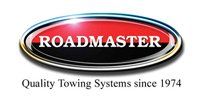

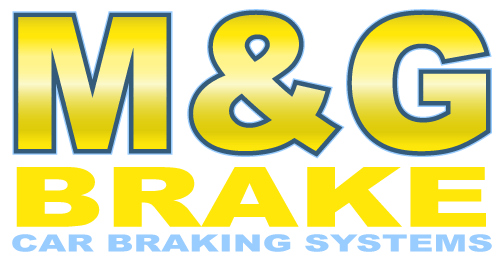
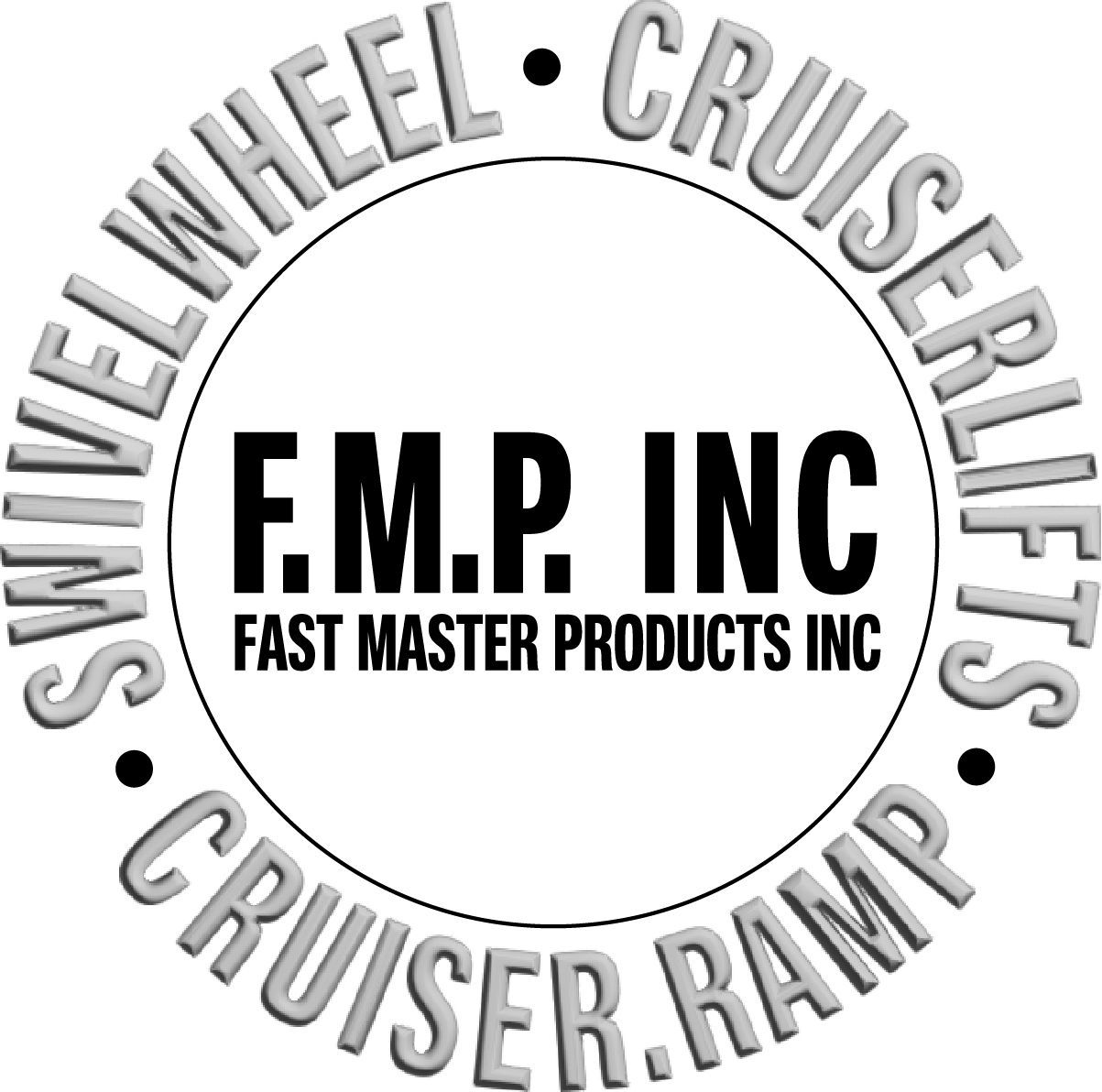
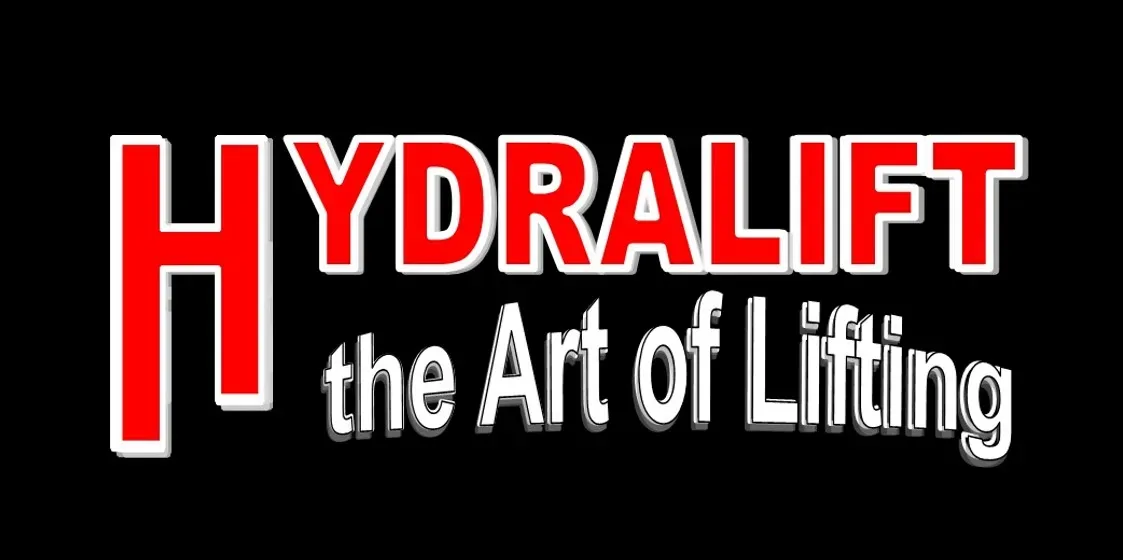
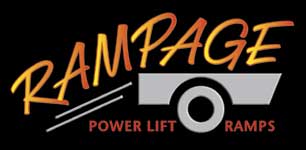
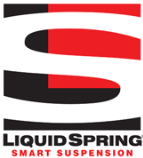


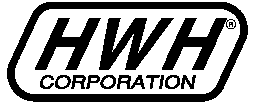

Share On: